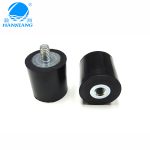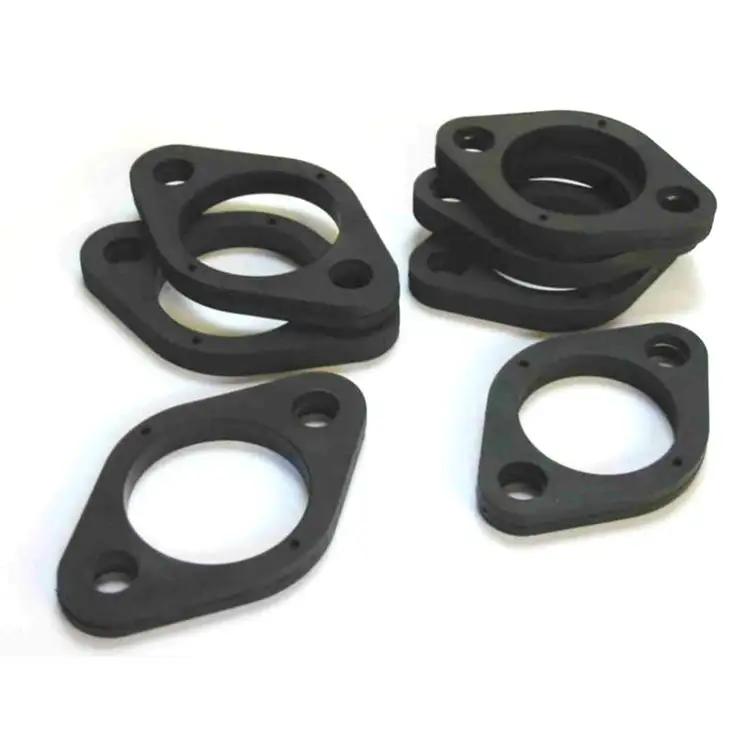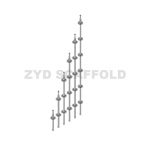Description
I. Introduction of Medical Waste Pyrolysis and Gasification Incinerator:
Pyrolysis furnace is a vertical cylinder, consisting of a drying section, a pyrolysis section, a burnout section and a burning section. The drying, pyrolysis, and burning sections are lined with corrosion-resistant, high temperature-resistant, and high-strength refractory materials. These refractories have excellent technical properties, which can prolong the service life of the furnace body, reduce the maintenance requirements for refractory materials, and lower the operating cost. The furnace body is constructed with a water jacket and lined with firebrick structure. The lined firebrick improves the temperature within the pyrolysis furnace while accelerating the speed of pyrolysis process to effectively prevent any deviation in furnace deviation. The function of water jacket is to expedite the cooling time for one furnace so that it can quickly proceed to loading work after complete burning out, ensuring smooth transition between the two furnaces’ operation while maintaining sufficient gas supply in the secondary combustion chamber to sustain desired temperature;
The furnace body is equipped with a waste inlet at the top, two burners are positioned on both sides of the barrel, and there is a supply outlet at the bottom of the furnace body. The waste is poured into the top until it fills up the furnace body completely. Then, close the top furnace and ignite it, the bottom material catches fire and continues to burn due to additional air supplied from the bottom. The high temperature flue gas generated by combustion passes through the upper layer of material, causing it to undergo pyrolysis and transform into combustible gas that enters the secondary combustion chamber got further burning. As a result of varying temperatures within different layers of flue gas filter materials, these layers can be categorized as follows: burnout layer, combustion layer, pyrolysis layer and preheating layer.
II. Processing object:
Centralized disposal of medical waste, household waste and a small amount of industrial waste. Processing capacity: 2-80T/D.
III. Technical advantages:
● The pyrolysis gasification furnace uses insufficient air (lack of oxygen) to pyrolyze the organic matter in the garbage into combustible gas, converting the incomplete incineration process into a complete gas combustion process to minimize the emission of solid particulate matter.
● This incineration system is fully enclosed, the site is clean and beautiful, and it is harmless to operators; it has fully automatic fuzzy control technology and is simple and convenient to operate. All feeding doors, slag discharge doors, and inspection doors are soft-sealed. The top of the pyrolysis furnace is equipped with a sealing cover to avoid gas leakage. The furnace body is well sealed to ensure the effect of oxygen-controlled pyrolysis.
● When the pyrolysis gas spontaneously ignites and enters the spontaneous combustion process, the combustion-supporting device will automatically stop. The entire spontaneous combustion process reaches more than 90%, which greatly reduces operating costs. It achieves resource utilization of waste heat energy, which not only makes the flue gas harmless, but also reduces the total CO2 emissions.
● Complete separation and use of 3T to control the combustion process to inhibit the production of toxic and harmful substances such as dioxins.
IV. Technical advantages and characteristics of pyrolysis gasification furnace:
● Due to the precise control of pyrolysis and different stages during the incineration process, the specified flue gas standards can be achieved.
● Since the low-temperature pyrolysis chamber (pyrolysis gasifier) is burned in an oxygen-deficient state and only produces flammable gas, particulate matter emissions are minimal.
● Complete the high-temperature oxidation process in the high-temperature combustion chamber (combustion furnace) without producing secondary harmful gas pollution.
● Due to the complete incineration process, the residual ash is completely pollution-free.
● The removal rate of organic matter reaches 99.99%, so the cost of subsequent treatment is greatly reduced.
● Various wastes with different compositions can be incinerated stably at the same time.
● Safely separated combustion method inhibits the production of harmful substances such as dioxins.
● Can implement 24-hour continuous operation.
● Waste does not need to be sorted and is put in once, which improves operating efficiency and ensures the safety of the working environment.


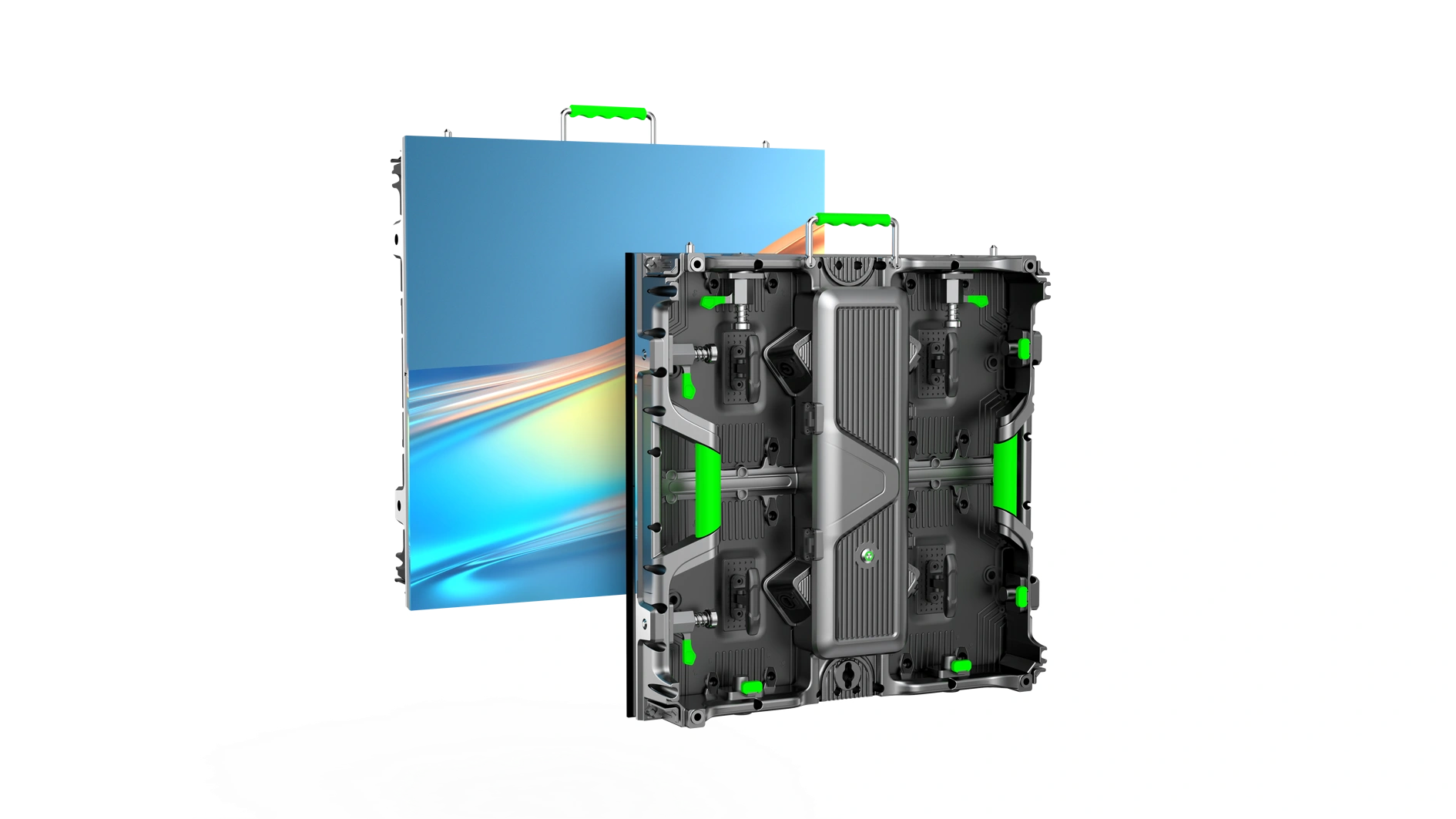

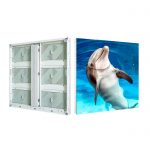



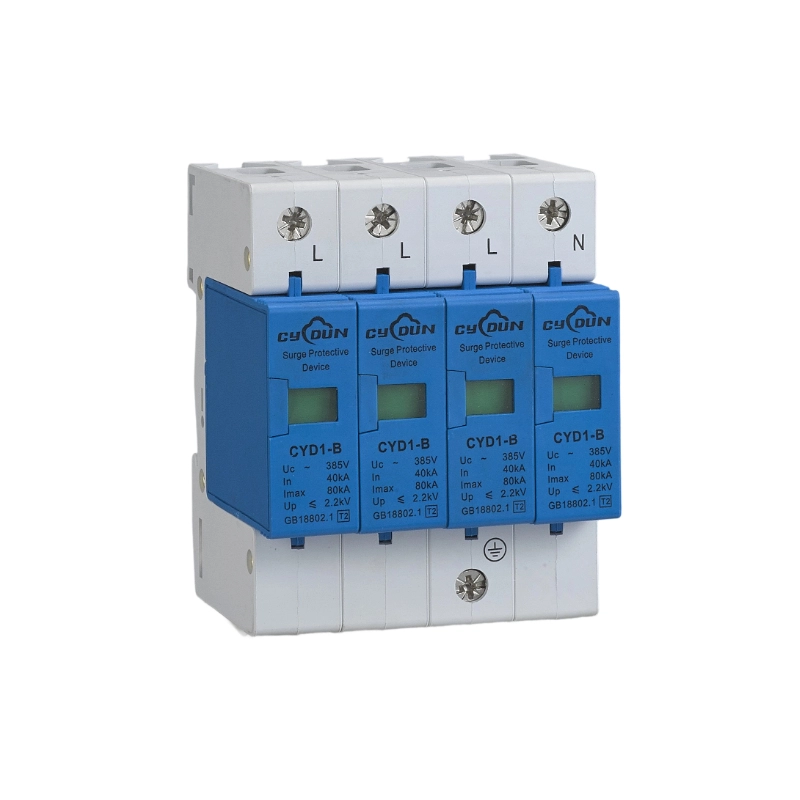










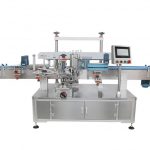









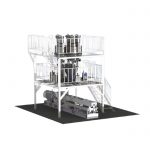


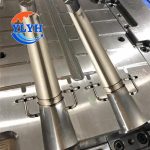





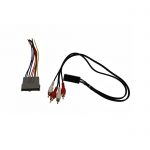











![6-Benzyl 2-tert-butyl 2,6,9-triazaspiro[4.5]decane-2,6-dicarboxylate 6-Benzyl 2-tert-butyl 2,6,9-triazaspiro[4.5]decane-2,6-dicarboxylate](https://tradedowntown.com/wp-content/uploads/2025/12/8d6b55309bc609cef2a5cd8cecfaed8b-150x150.png)
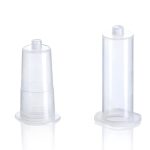













































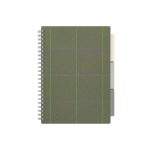










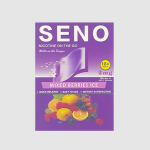



![[GN:05003] Gemigliptin Impurity 3 (DP-IMP-3) [GN:05003] Gemigliptin Impurity 3 (DP-IMP-3)](https://tradedowntown.com/wp-content/uploads/2024/08/fbf45b7349c129991cecc4970bd37ee8-150x150.png)


















